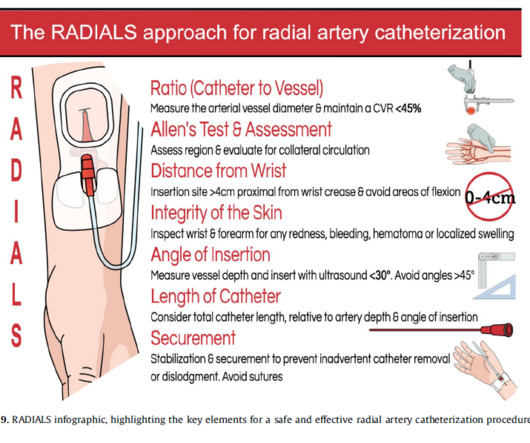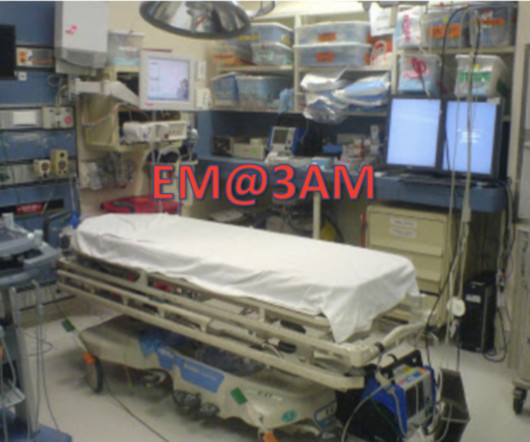emDOCs Podcast – Episode 101: Acute Chest Syndrome Part 2
EMDocs
MAY 28, 2024
Fluid management Goal is euvolemia Dehydration – needs IV fluid resuscitation. If euvolemic – start maintenance fluids of D5 in 0.45%NS Hypothermia, hypotension, and vasoconstriction may affect pulse oximetry reading, which is based on light absorption from fingertip blood flow. pneumoniae, C.












Let's personalize your content